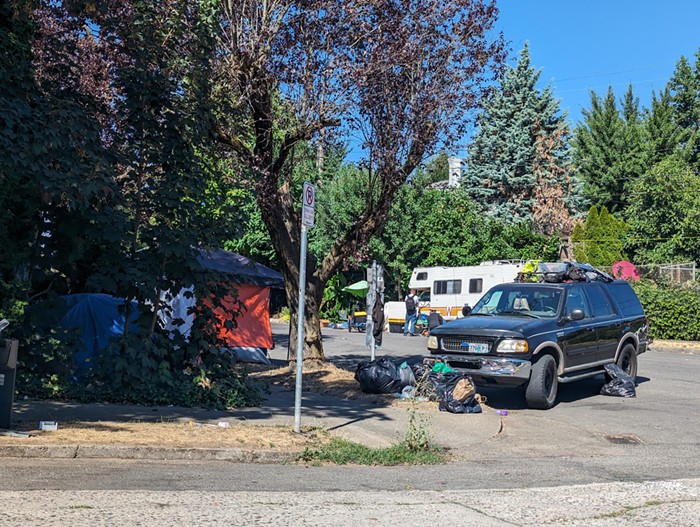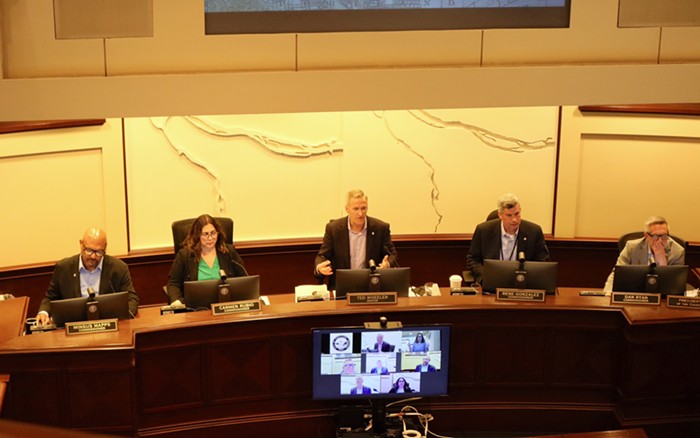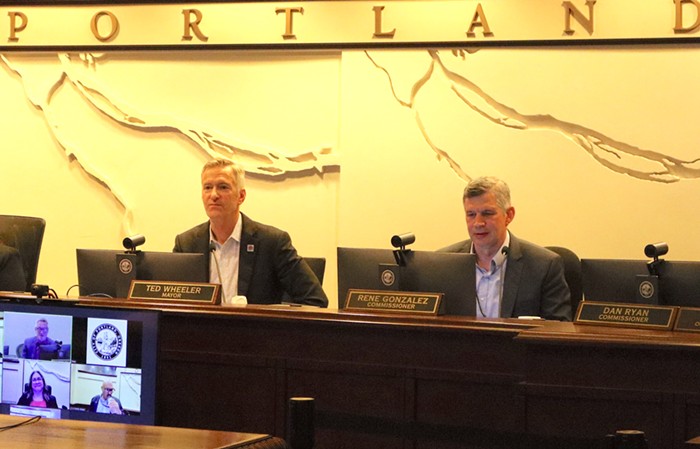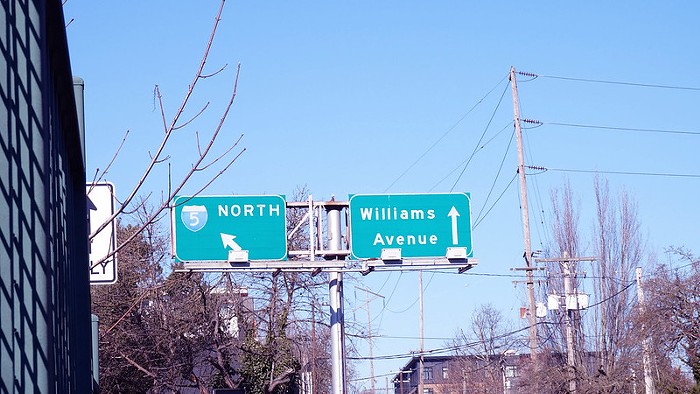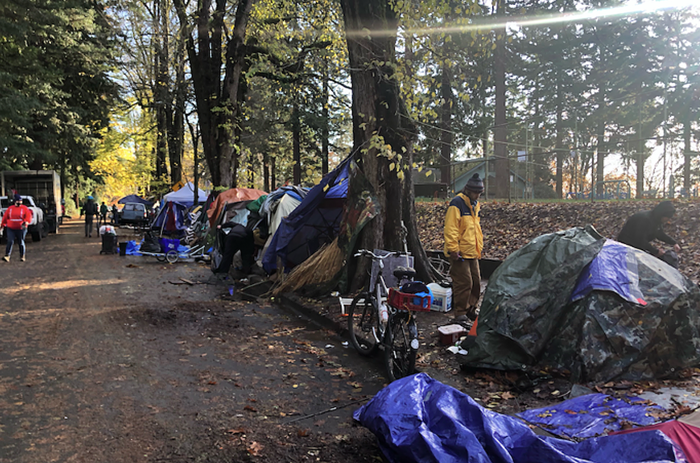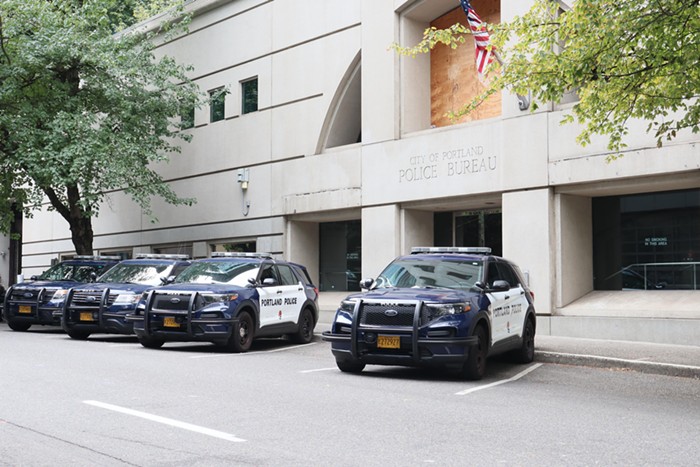
The purchase of the so-called "River View Property," led by Parks Commissioner Nick Fish and Environmental Services Commissioner Dan Saltzman, was hailed as a victory for preserving natural habitat in a large, hilly pocket so close to downtown and Southeast, and also for safeguarding streams that harbor salmon and help keep the Willamette River cool.
"These parcels don't exist in city limits... We can all look back on this day as a 'legacy day,'" Saltzman said, borrowing a phrase first uttered by Fish.
There was, however, some minor concern before the vote. Of the $11.25 million purchase price, $6 million will come from the environmental services bureau—a bureau funded by sewer maintenance and stormwater fees paid by city residents. Spending of city utility money on projects seen by some as tangential, as rates continue to increase, has come under heavy scrutiny in recent months.
That cash, specifically, will come from the bureau's sewer operating fund and its "Gray to Green" stormwater and river improvement initiative. Dean Marriott, director of the environmental services bureau, told the council that developing the property could wind up costing the city more money in sewer maintenance, and that investing in the Willamette River's watershed is an acceptable goal for his bureau.
That was echoed by Mike Houck, of the Urban Greenspace Institute: "It's not a sewer bureau. It's a healthy watershed bureau."
Commissioner Amanda Fritz, lately a vocal skeptic of projects that rely on rate money, also gave the project her blessing—after some questions. She was mostly concerned about how to reduce the $255,000 in annual maintenance costs the purchase will saddle the parks bureau with by 2015-16.
"We all need to do a better job discussing with ratepayers why this approach is both cost effective and the right thing to do," she said. "Using green approaches like this turns out be much more cost effective."
The rest of the funding will come from Metro ($2 million), the city's share of a 2006 Metro-backed habitat preservation bond measure ($2.5 million), and from a hoped-for state parks grant ($750,000). The purchase price for the difficult-to-develop land is close to $2.5 million below its market value.
